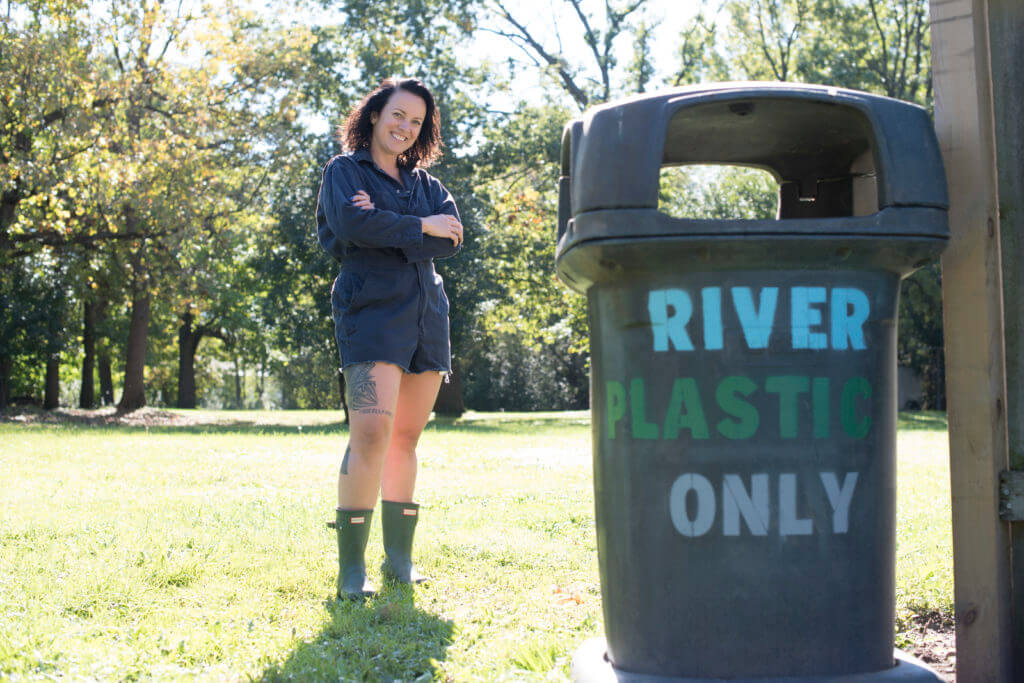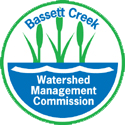News
Becoming a Mississippi River Water Quality Action Hero
Wed, Oct 18, 2017Understanding river water quality
For Williams, a move to the river’s edge in Newport just south of South St. Paul several years ago both shocked and awakened the river-lover within. Since then, her 150 feet of riverfront has been her water quality teacher.
The sheer amount of plastic that landed in her front yard after her first winter inspired her to ask “What is the water system?” Once she learned that all of the city’s storm drains go directly into the river, she was inspired to take on this “big world problem.” She began painting storm drains, avoiding single-use plastics, becoming a drop-off site for hard plastics, dedicating part of her lawn to pervious surfaces, while continuing to collect leaves, grass-clippings and dog waste.

“It was a profound extrapolation for me,” she said — so eye-opening, in fact, that she decided to commit one year (2015-2016) to getting to know the river as well as possible. She spent as much time as she could interacting with it, writing poetry inspired by its environs (captured in her award-winning book Hear the River Dammed: Poems from the Edge of the Mississippi, Beaver’s Pond Press, 2017).
Deepening a commitment to water quality stewardship
Since her initial steps painting “Please don’t litter, drains to river,” on storm drains, she has become a whirling dervish of river protection commitment. Not only is she a Friend of the Mississippi River, but she also partners with Hastings Environmental Protectors, Mississippi Watershed Management Organization, H2O for Life, Friends of Pool 2, Living Lands and Waters, Great River Greening, the Mississippi River Network, even the Pearl River Cleaners in Louisiana — on a host of cleanup projects, arts initiatives, and readings.
She is surprised that people consider her an “expert witness for river-related water issues” in part because she has embraced her “beginner” status, while encouraging others to do the same. (Though her recent enrollment in a Master Water Steward program may officially end that status.) Still, “Small things matter,” she insists.
“Sometimes it takes a person in a neighborhood to set an example, increase awareness, and begin to change a culture,” she says. “The amount of power a homeowner has can have a great effect on water quality.”

So, “Go outside and meet your neighbors!” says Williams, while getting to know (and love) that 72-mile national park that bisects the Twin Cities.
For more tips on how you can help protect lakes and rivers, check out these nine tips from the Minnesota Pollution Control Agency.

